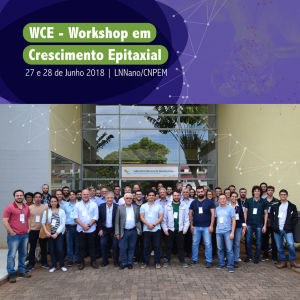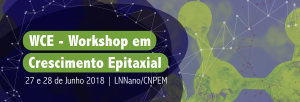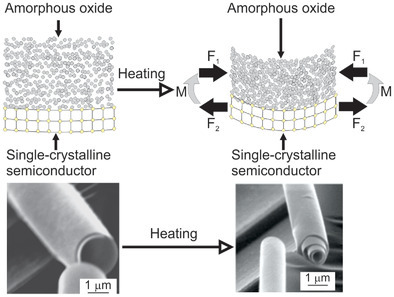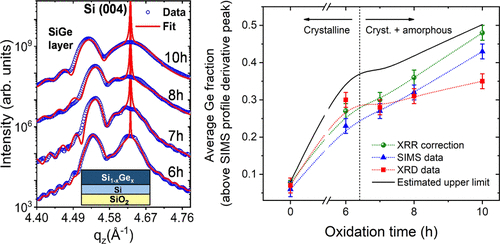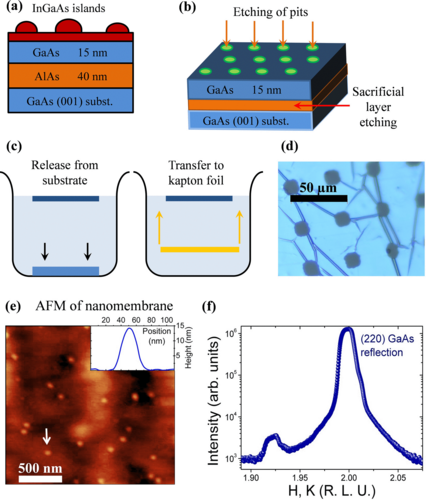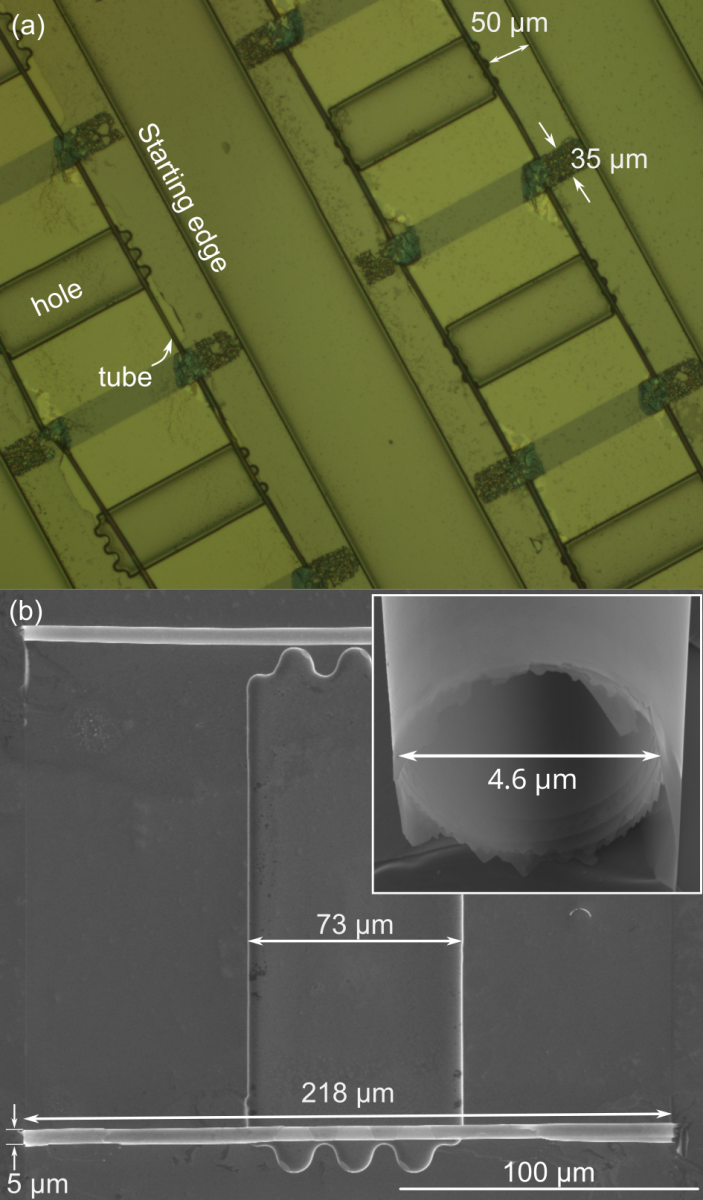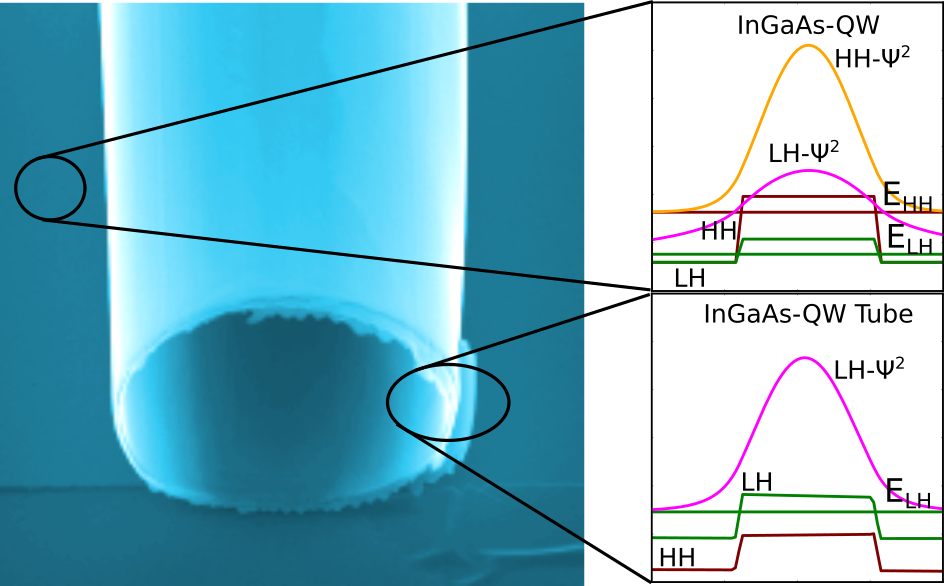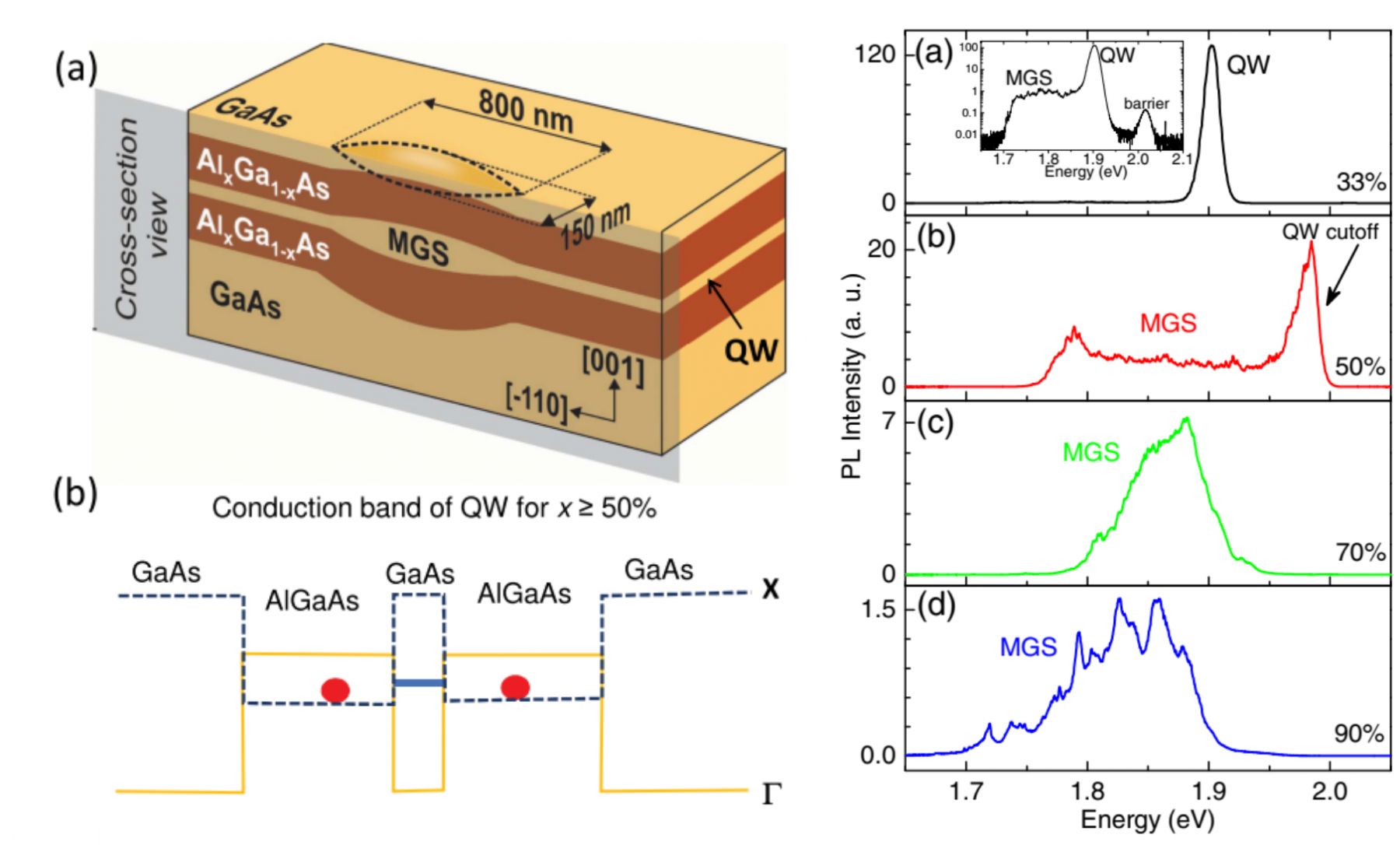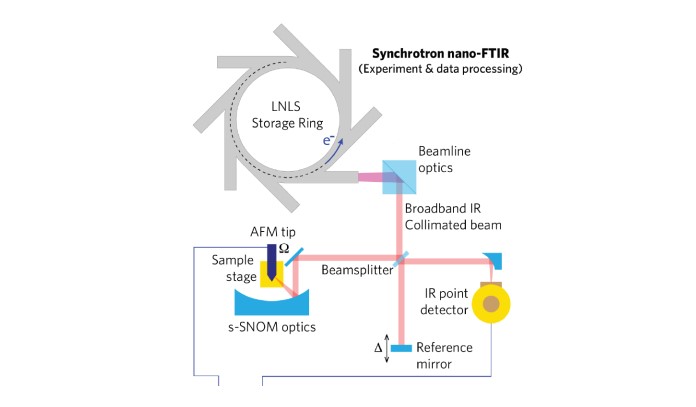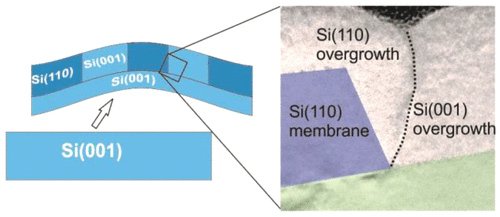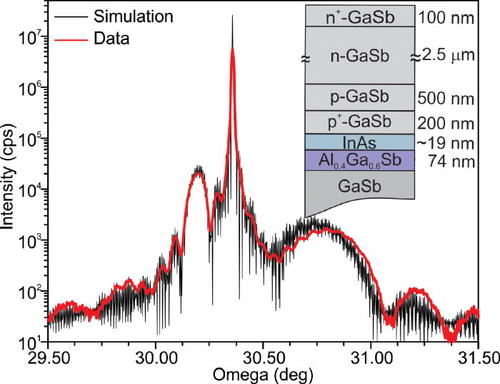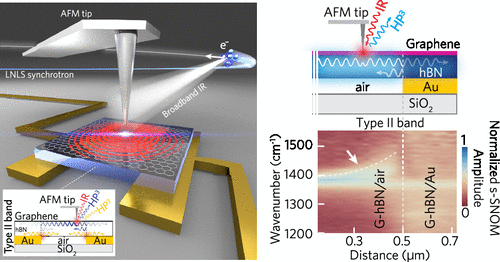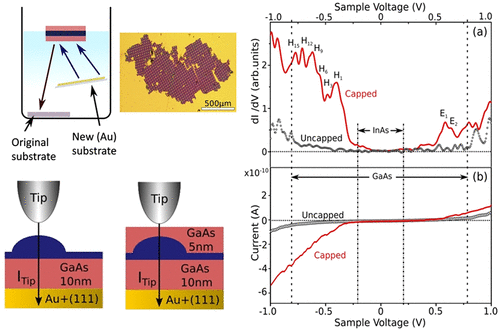We had a very nice workshop at the LNNano at the 27. to 28. June bringing together the Brazilian community. Beside fruitful discussion and nice science, we had also the chance to socialize and re-enforce the community. Hope, this event will continue the next years as we are missing such a gathering in the last years.
May 03
Getting ready for the EOSBF
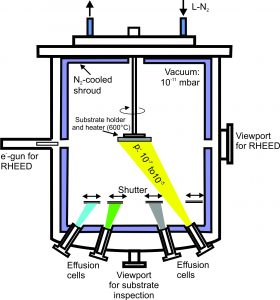 I finished today the preparation of the tutorial for the Autumn Meeting of the Brazilian Physical Society .
I finished today the preparation of the tutorial for the Autumn Meeting of the Brazilian Physical Society .
I looking forward to give talk about molecular beam epitaxy: “MOLECULAR BEAM EPITAXY – A VERSATILE METHOD FOR THE NANO-AGE “.
Apr 18
Beamline paper out
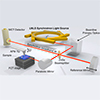 Low-aberration beamline optics for synchrotron infrared nanospectroscopy
Low-aberration beamline optics for synchrotron infrared nanospectroscopy
Sync hrotron infrared nanospectroscopy is a recently developed technique that enables new possibilities in the broadband chemical analysis of materials in the nanoscale, far beyond the diffraction limit in this frequency domain. Synchrotron infrared ports have exploited mainly the high brightness advantage provided by electron storage rings across the whole infrared range. However, optical aberrations in the beam produced by the source depth of bending magnet emission at large angles prevent infrared nanospectroscopy to reach its maximum capability. In this work we present a low-aberration optical layout specially designed and constructed for a dedicated synchrotron infrared nanospectroscopy beamline. We report excellent agreement between simulated beam profiles (from standard wave propagation and raytracing optics simulations) with experimental measurements. We report an important improvement in the infrared nanospectroscopy experiment related to the improved beamline optics. Finally, we demonstrate the performance of the nanospectroscopy endstation by measuring a hyperspectral image of a polar material and we evaluate the setup sensitivity by measuring ultra-thin polymer films down to 6 nm thick.
Authors: Raul O. Freitas, Christoph Deneke, Francisco C. B. Maia, Helton G. Medeiros, Thierry Moreno, Paul Dumas, Yves Petroff, and Harry Westfahl
Optics Express, Vol. 26, Issue 9, pp. 11238-11249 (2018)
Apr 16
Workshop em cresimento epitaxial (LNNano)
There will be a workshop on epitaxy at the LNNano at the end of June. I will have the pleasure to give a talk and advertise the facility a bit. I will explain, what we do in research, but also what kind of structures can be realized inside a service/collaboration.
Hope to see you there.
Mar 26
Back from the US
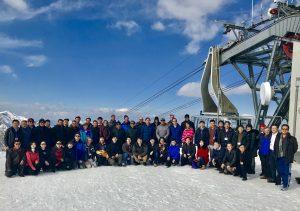 Back from the International Conference on Low-Dimensional Quantum Materials where I gave a talk about ” 2D nanomembranes as substrates for the growth of semiconductor nanostructures“. It was a very inspiring conference with excellent talks – I very much enjoyed the conversations with the other participates.
Back from the International Conference on Low-Dimensional Quantum Materials where I gave a talk about ” 2D nanomembranes as substrates for the growth of semiconductor nanostructures“. It was a very inspiring conference with excellent talks – I very much enjoyed the conversations with the other participates.
On the way back, I had a chance to visit my old friend Francesca Cavallo at the University of New Mexico. She got her seed project for rolled-up nanotubes granted these days and we will have the chance to do some joined research inside this project as well as some joined work related to graphene and SNOM.
Feb 19
Molecular beam epitaxy
 For those interested in the technique of Molecular Beam Epitaxy, I will give a tutorial on the topic in Foz at the meeting of the Brazilian Physical Society. It will be great to give an overview to the possibilities and discuss current and future developments.
For those interested in the technique of Molecular Beam Epitaxy, I will give a tutorial on the topic in Foz at the meeting of the Brazilian Physical Society. It will be great to give an overview to the possibilities and discuss current and future developments.
I also like to advertise again the possibility to do a master in the area. I have a “bolsa” for student available. Master would to be done over the Pós-Graduação of the IFGW. The work will be a continuation of the growth on membranes as well as to work with semiconductor optics.
Finally, I like to drag your attention to the MBE of the LNNano again. The machine is now officially open of external proposals, which will be carried out either as a service growth or in collaboration. For details, see the proposal submission of the LNNano.
Jan 09
Silicon Nanomembranes with Hybrid Crystal Orientations and Strain States
 Our publication investigating the structure of overgrown transferred silicon membranes is finally out: Have a look to “Silicon Nanomembranes with Hybrid Crystal Orientations and Strain States“.
Our publication investigating the structure of overgrown transferred silicon membranes is finally out: Have a look to “Silicon Nanomembranes with Hybrid Crystal Orientations and Strain States“.
Methods to integrate different crystal orientations, strain states, and compositions of semiconductors in planar and preferably flexible configurations may enable nontraditional sensing-, stimulating-, or communication-device applications. We combine crystalline-silicon nanomembranes, patterning, membrane transfer, and epitaxial growth to demonstrate planar arrays of different orientations and strain states of Si in a single membrane, which is then readily transferable to other substrates, including flexible supports. As examples, regions of Si(001) and Si(110) or strained Si(110) are combined to form a multicomponent, single substrate with high-quality narrow interfaces. We perform extensive structural characterization of all interfaces and measure charge-carrier mobilities in different regions of a 2D quilt. The method is readily extendable to include varying compositions or different classes of materials.
Authors: Shelley A. Scott, Christoph Deneke, Deborah M. Paskiewicz, Hyuk Ju Ryu,
Angelo Malachias, Stefan Baunack, Oliver G. Schmidt, Donald E. Savage, Mark A. Eriksson,
and Max G. Lagally
ACS Appl. Mater. Interfaces, 2017, 9 (48), pp 42372–42382
DOI: 10.1021/acsami.7b14291
Dec 22
End of 2017
The year 2017 and the 2nd semester 2017 are about to end.
It was fun teaching F329 and I am looking forward to do it again in the 1st semester of 2018. I’ll promise to try to in cooperate the feedback and improve the course – well the provas will have to stay, but I will make changes to them…
Hopefully, we will be able to get the MBE back online. We were doing maintenance in Nov. and Dec. 2017 and need to do some final repairs to the pumps and the heater. Than we will fill material and hope to grow again in Feb. 2018.
In 2018, I also will be in Utah at the International conference on low-dimensional quantum materials. Looking forward to see you there.
Finally, the FAEPEX starting grand has been approved and I hope to sign the Termo de Outorga in Jan. 2018. I will have a bolsa for a IC and master student connected to this project, if I understood the terms correctly.
Boas festas e até 2018.
Oct 12
Correcting 1st prova of F329
Spending a lot of time, correcting the first test of F329. This made me think about, what and how we teach stuff. Which leads – in my case – unavoidably to think of a Terry Pratchett quote from the discworld cycle. “… therefore education at the (Unseen) University mostly worked by the age-old method of putting a lot of young people in the vicinity of a lot of books and hoping that something would pass from one to the other, while the actual young people put themselves in the vicinity of inns and taverns for exactly the same reason.”
I think, we do better here at Unicamp, but maybe, we have still room to improve…
Oct 03
Paper out
Our paper regarding the interference of electrical signals to MFM measurements is out. First publications with Unicamp as affiliation. Have a look at: “Separating the influence of electric charges in magnetic force microscopy images of inhomogeneous metal samples“.

